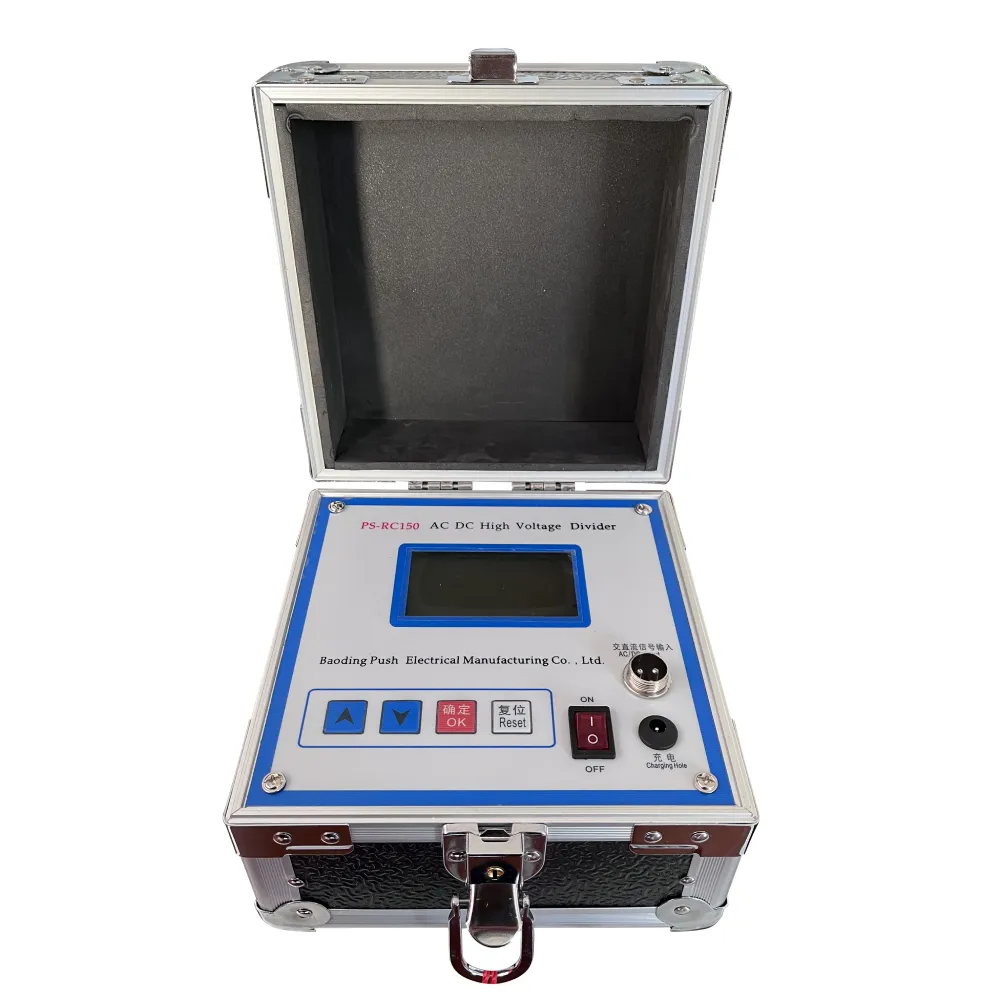 English
English


dielectric strength of transformer oil is
Dielectric Strength of Transformer Oil A Critical Parameter for Electrical Insulation
The dielectric strength of transformer oil is a vital parameter in the operation and maintenance of transformers, playing a crucial role in ensuring their efficiency and longevity. Transformer oil, primarily composed of mineral oil, acts as both an insulator and a cooling agent for electrical components. Its dielectric strength is a measure of its ability to withstand electrical stress without breakdown, which is essential for the safe operation of transformers.
Transformer systems are subjected to high voltage and thermal stress, making it imperative for the insulating materials to maintain their integrity. The dielectric strength of transformer oil is typically expressed in kilovolts per millimeter (kV/mm) or volts per mil (V/mil), and it is determined under standardized testing procedures, such as ASTM D1816 and IEC 60156. These standards assess the oil's performance under various temperature conditions and contamination levels to simulate real-world scenarios.
A high dielectric strength indicates that the oil can effectively prevent electrical discharge, protecting the transformer windings and other internal components from damage. Normally, transformer oils exhibit dielectric strengths ranging from 20 kV/mm to 35 kV/mm, depending on their purity and chemical composition. However, factors such as moisture, dissolved gases, particulate contamination, and oxidation can significantly impair the dielectric strength of the oil.
dielectric strength of transformer oil is

Moisture is one of the most detrimental contaminants, as even a small amount can drastically reduce dielectric strength. Water molecules can lead to partial discharge, creating localized heating and further degrading the insulating properties of the oil. Maintaining low moisture levels through regular filtration and dehydration processes is essential for prolonging the life of transformer oil and, consequently, the transformer itself.
Another critical aspect is the presence of dissolved gases, which can occur from the thermal breakdown of the oil or arcing within the transformer. The accumulation of gases like hydrogen, methane, and ethylene can lead to insulating properties degradation, making it vital to monitor and maintain the gas levels within acceptable limits.
Regular testing and maintenance of transformer oil are essential practices in the electrical industry. Tests such as dielectric strength measurements, furan analysis, and gas chromatography can provide valuable insights into the condition of the oil and the transformer’s overall health. By ensuring the dielectric strength of transformer oil remains within optimal levels, operators can mitigate the risk of catastrophic failures, reduce downtime, and extend the service life of critical electrical infrastructure.
In conclusion, the dielectric strength of transformer oil is a fundamental factor that impacts the reliability and efficiency of transformers. Understanding and managing this parameter through regular monitoring and maintenance can significantly enhance the performance of electrical systems. With the continued advancement in oil purification technologies and a greater emphasis on preventive maintenance, the electrical industry can ensure that transformers operate safely and efficiently, thereby supporting the global demand for reliable power supply.
-
Differences between open cup flash point tester and closed cup flash point testerNewsOct.31,2024
-
The Reliable Load Tap ChangerNewsOct.23,2024
-
The Essential Guide to Hipot TestersNewsOct.23,2024
-
The Digital Insulation TesterNewsOct.23,2024
-
The Best Earth Loop Impedance Tester for SaleNewsOct.23,2024
-
Tan Delta Tester--The Essential Tool for Electrical Insulation TestingNewsOct.23,2024





